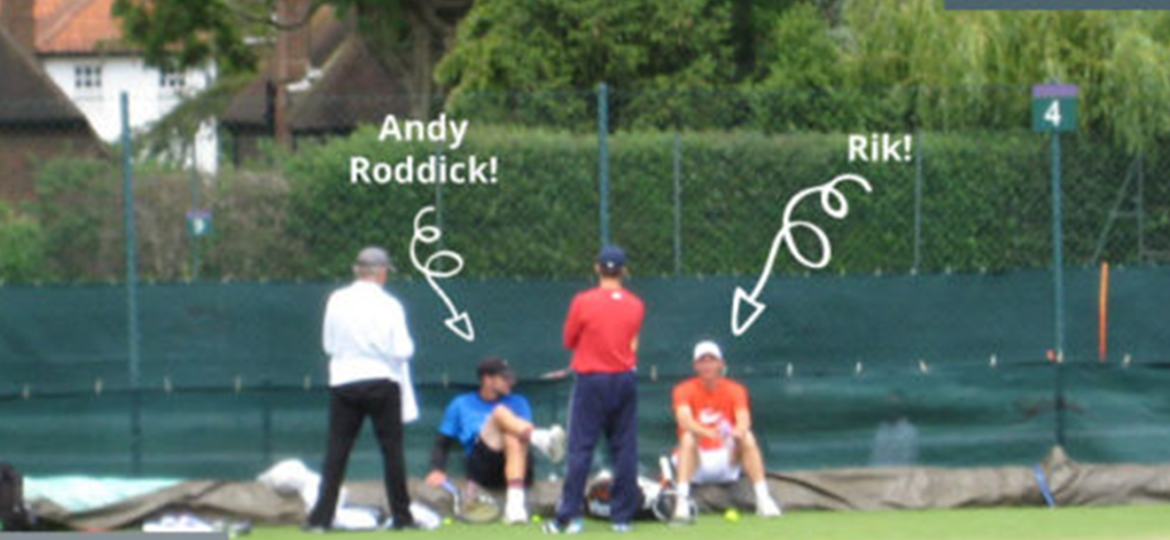
Tim Gallwey, a Harvard graduate and a tennis coach made a profound observation while teaching during the ’70s.
He discovered that his adult students were that much more successful at teaching themselves than by being led by an instructor. Tim noticed that by creating the conditions and encouraging his students to observe, feel, and stay in the moment their skills developed that much faster. He made this philosophy famous in his book “The Inner Game of Tennis.”
This thinking also applies to employee development and coaching.
More frequently we are seeing companies switch from annual reviews to regular employee check-ins. These check-ins are a great place to practice coach leadership. But of importance to note is that the coaching that applies here is not like the coaching you received in little league. It is the type of coaching that applies to adults, to employees with strong experience, skills, and capabilities. The key to driving significant results is that the employee takes responsibility for determining what is best to overcome their challenge or achieve their goals. An employee check-in puts the employee in the expert seat. A “coach leader” is there to listen, ask powerful questions, serve as a thinking partner, and hold them accountable to their proposed ideas and solutions.
When Rik (my husband) was a former professional tennis player he would often debate and argue with his coach during practice. At first glance, I saw his candor to be highly disrespectful. I believed he should be taking the coaching and apply it. But what I soon understood was that Rik was not an entry-level athlete. Rik was at the top of his game with is own unique experiences and observations. He had his own beliefs around what was needed to increase performance. Working with a coach that allowed him to voice his thoughts and ideas while also testing him is when Rik truly excelled in his career.
As a leader, there are times when you need to manage, mentor, teach, and coach. Coach leadership is one of many leadership tools to be deployed under the right circumstances. To become an effective “coach leader” requires ongoing learning and development as it relates to human behavior and ultimately caring about your people. But in its simplest form, it requires great listening and great questions. When used properly, it is one of the most powerful methods for achieving results.

